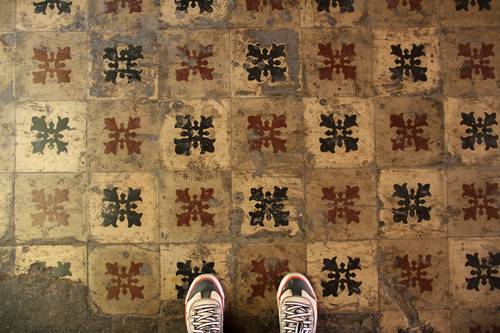どんなゲームを。
金
金
金
金
COMPONENT PARTS OF A BOARD GAME
Hopefully by this stage you will have a board game that plays well. The parts involved will differ from board game to board game but might typically include a box, a board, some cards, a die, a tray to fit all the bits in, etc. Now you need to begin to think about which components you want to include in your board game and how you want it all to fit together.
Specific areas for consideration might be:
a) If there are cards included in the package, do you want to have them in their own box (in which case you will be incurring additional costs) or can you have them packed loose?
b) Full colour printing is more expensive than black and white or single colour. What parts of the packaging really need to be printed in colour and what parts can comfortably appear in black and white?
c) By designing particular sizes of some components (such as the board and cards for example) to suit the production processes, you can cut the wastage generated during production and thereby cut your costs.
d) Some playing pieces are offered as standard by production companies. To manufacture unique pieces will cost extra money - do you want to make your board game specially individual or will you use standard pieces?
e) What kind of overall appearance do you want to give? When considering the component parts, you must bear in mind that overzealous cost cutting might lead to an assortment of components that do not look quite right when presented together as a total package.
f) What size of playing pieces, dice etc are best suited to the size of the board?
g) What box colours will give the right impressions to potential buyers when it is sitting on the shop shelves?
h) If you have already decided on a retail price, will the components you have included in the package give the impression of being worth the money?
金
金
金
金
金
金
金
COMPONENT PARTS OF A BOARD GAME
Hopefully by this stage you will have a board game that plays well. The parts involved will differ from board game to board game but might typically include a box, a board, some cards, a die, a tray to fit all the bits in, etc. Now you need to begin to think about which components you want to include in your board game and how you want it all to fit together.
Specific areas for consideration might be:
a) If there are cards included in the package, do you want to have them in their own box (in which case you will be incurring additional costs) or can you have them packed loose?
b) Full colour printing is more expensive than black and white or single colour. What parts of the packaging really need to be printed in colour and what parts can comfortably appear in black and white?
c) By designing particular sizes of some components (such as the board and cards for example) to suit the production processes, you can cut the wastage generated during production and thereby cut your costs.
d) Some playing pieces are offered as standard by production companies. To manufacture unique pieces will cost extra money - do you want to make your board game specially individual or will you use standard pieces?
e) What kind of overall appearance do you want to give? When considering the component parts, you must bear in mind that overzealous cost cutting might lead to an assortment of components that do not look quite right when presented together as a total package.
f) What size of playing pieces, dice etc are best suited to the size of the board?
g) What box colours will give the right impressions to potential buyers when it is sitting on the shop shelves?
h) If you have already decided on a retail price, will the components you have included in the package give the impression of being worth the money?
金
金
金
金

